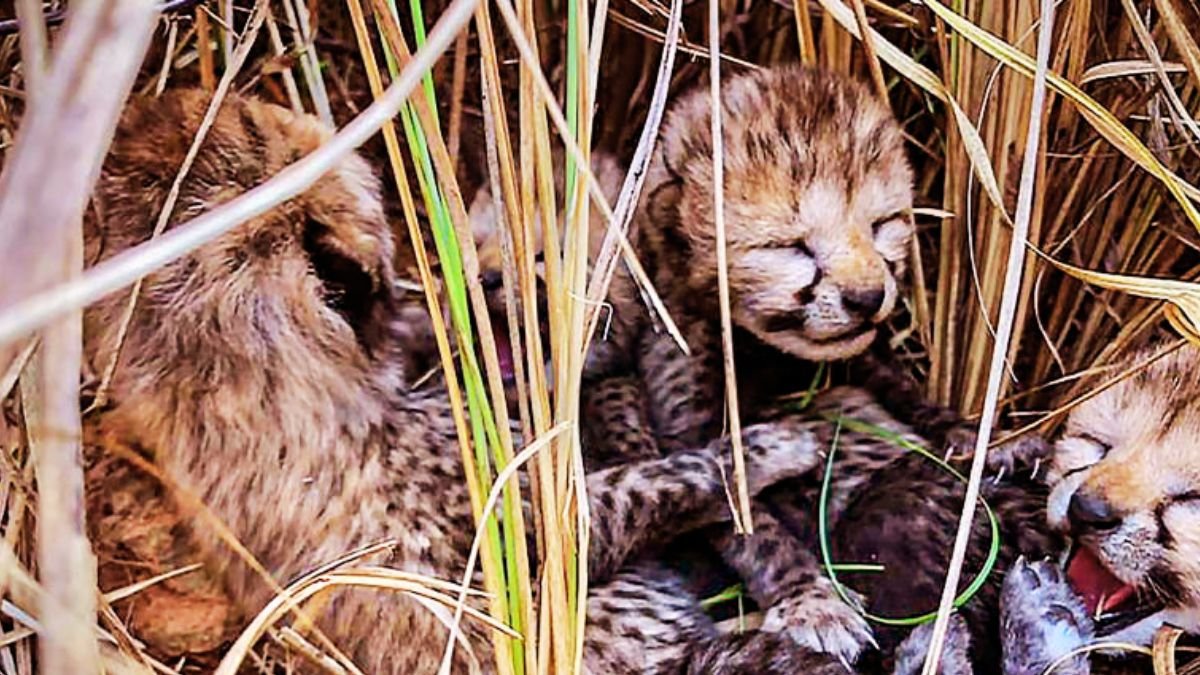It has mored than seven months since all the African cheetahs were darted, re-captured and constrained to the big units within the Kuno National Forest. 3 of the captive cheetahs have because given to 12 cubs Born. But, as months pass, there is still no decision on when these wild beasts would be launched back to where they belong.
” Not in the immediate future,” states Subhoranjan Sen, Additional Principal Chief Conservator of Forests, Madhya Pradesh. “Ultimately, we have to launch every one of them, however the Cheetah Steering Committee has yet to make a decision when that will be. Last December, we launched 2, however we had to quit when a cheetah (Shaurya) broke down in the room.”
Read- Google Pixel 8 Version Is Not Powerful Sufficient To Run Gemini Nano AI Technology: What We Know
Just 13 of the 20 grown-up cheetahs airlifted from Namibia in September 2022 and South Africa in February 2023 have survived thus far. 2 remain in the wild, while 11, including a coalition, have actually been kept in different enclosures in the national forest. Coalitions are teams of cheetahs that are composed of 2 to 3 male cheetahs, usually litter-mates.
Ever since their historical translocation to India, the African cheetahs have actually invested even more time within the rooms than in the wild. A few of them had to be immobilised sometimes when they ventured far off from Kuno. But in 2014 in July, when three cats suddenly caught septicemia, the woodland department re-captured all felines in a hopeless effort to conserve the rest.
” All the cheetahs have considering that been kept in different enclosures which are virtually 100-250 hectares large. There suffices prey within– chital and swine. We do not feed them, and they search on their own, and are continuously kept an eye on,” Uttam Kumar Sharma, Principal Conservator of Woodlands, informs News18. “The only worry is that they have actually not learnt just how to challenge leopards– which can be their largest adversaries in the wild.”
8 MONTHS OF CAPTIVITY
Task Cheetah is one of the world’s largest inter-continental translocation exercises, and officials are hopeless to improve their opportunities of survival. “These rooms are generally huge fenced areas and the problems inside are near-natural. It is not like a zoo,” authorities say emphatically. Yet, the prolonged captivity has left several wild animals experts concerned.
” Have we brought these cheetahs to maintain them slave? Is that the goal of the re-introduction exercise? They (authorities) have to take up the gauntlet. The cheetahs have to be released at the earliest. We’ll shed some of them, however the threat needs to be taken, or else how will we know if we succeeded or fell short,” claims Dr MK Ranjitsinh, proficient wildlife conservationist that also played a critical role in cheetah re-introduction.
” The animals require to exercise their muscular tissues, and maintain themselves fit. The longer they remain in bondage, the more disabled they will come to be,” includes the former assistant to the federal government, that is also attributed with mounting India’s Wild animals Protection Act in 1972.
Several wildlife specialists News18 talked to highlight that repeated darting and immobilisation can potentially “jeopardize the physiology, and bone-development of the cheetahs”, which are free-ranging predators.
13 CUBS, BUT ALL CAPTIVE-BRED
As several as 12 cubs have actually been born to the 3 restricted cheetahs in the last 3 months, taking the total cub count to 13. It’s great news however all cubs are captive-bred, and the all-natural survival price amongst cubs is 25-40%.
According to the federal government’s Cheetah Activity Strategy, the success of the task depends on whether the felines can develop their home ranges in Kuno, and successfully replicate in the wild for a minimum of 2 generations, and ultimately perform their functional function as a top killer.
“The preservation initiatives will certainly achieve success just when the cheetahs develop their home variety in at the very least 3 locations across India, and breed normally in the wild for at least two generations. But we will certainly never know of our successes and failures, up until we take the danger and launch them in the wild,” includes Dr MK Ranjitsinh.
ANOTHER PERSON SCORCHING SUMMERTIME …
None of the seven that died over the last 1.5 years died because of natural reasons or after battle with other predators in the wild. They died due to “kidney insufficiency, neurological reason, violent encounter in boma and Septicemia,” the government told Parliament. The cheetahs are yet to learn exactly how to challenge leopards in the wild.
One more period of scorching heat waves has begun and the following gale will certainly bring its very own difficulties, particularly after in 2015’s harmful ‘winter-coat/septicemia scare’. It is additionally certain that when released, the cheetahs will once again venture numerous hundred kilometres from Kuno and make tracking a headache for the forest authorities.
But the inquiry still stays– the length of time will it be before these wild beasts can openly sprint through the forests where they belong?
